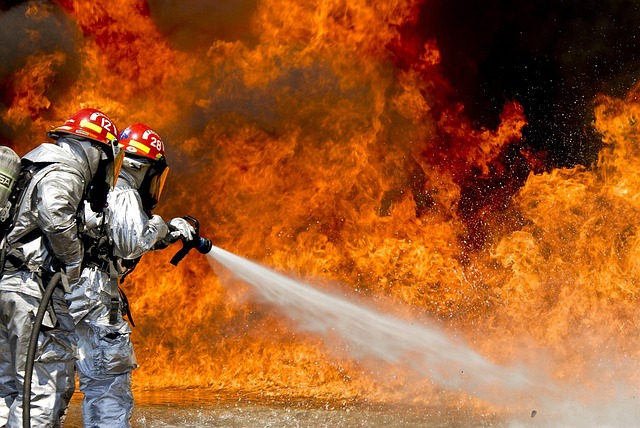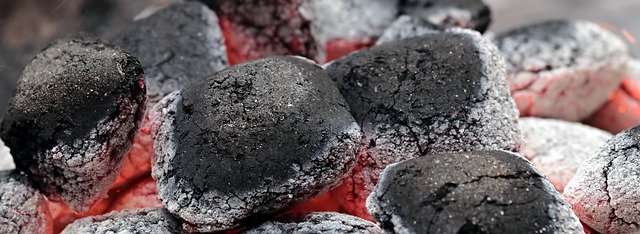Water damage mitigation is a critical initial step for California homeowners aiming to sell fire-damaged properties, minimizing both impact and insurance costs. This process involves ensuring safety by evacuating if needed, cutting off water sources, documenting damage visually, removing standing water promptly, and drying affected areas to reduce humidity. Professional assessment of structural integrity is essential, with transparent communication about mitigation efforts building buyer trust. Effective drying techniques prevent mold growth and enhance property appeal, while state regulations mandate disclosing water and fire damage to buyers. Homeowners must weigh repair costs against potential losses in selling price due to fire damage, considering market values and buyer preferences for such properties.
In the aftermath of disasters, especially fires, swift and effective water damage mitigation is crucial. This comprehensive guide delves into the essential steps and strategies for navigating post-fire restoration in California. From initial assessment and containment to advanced drying techniques and legal considerations, we explore how to mitigate losses and, ultimately, sell fire-damaged properties in the Golden State efficiently. Understanding these processes empowers homeowners and real estate professionals alike during challenging times.
- Understanding Water Damage Mitigation: The First Steps After a Disaster
- Assessing and Containing the Impact: Strategies for Fire-Damaged Properties in California
- Dry Out and Restore: Advanced Techniques for Effective Drying
- Legal and Financial Considerations: Selling a Fire-Damaged Home in CA
Understanding Water Damage Mitigation: The First Steps After a Disaster

Water damage mitigation is a critical process that begins immediately after a disaster, such as flooding or a burst pipe, to minimize the impact and costs associated with water damage in California. The first step is to ensure everyone’s safety by evacuating the area if necessary. Once safety is secured, it’s crucial to stop the water source from causing further harm. This might involve shutting off main valves for plumbing systems or turning off electricity to prevent electrical shocks.
Next, document the damage with photos and videos as evidence for insurance claims. Remove any standing water using pumps or towels to prevent mold growth and structural issues. Then, start drying out affected areas using fans, dehumidifiers, or other equipment designed for this purpose. The goal is to reduce humidity levels to minimize moisture-related damage. For sell fire damaged property California residents, understanding these initial steps in water damage mitigation is essential to preserving their homes’ value and facilitating the recovery process.
Assessing and Containing the Impact: Strategies for Fire-Damaged Properties in California

After a fire, assessing and containing water damage is crucial for selling fire-damaged property in California. The first step involves thoroughly evaluating the extent of water intrusion and identifying potential sources. This includes inspecting walls, ceilings, floors, and basements for any signs of water or smoke damage. It’s essential to document everything with photos for insurance purposes and to provide a clear picture of the challenges ahead.
Containing the impact means taking immediate actions like turning off the main water supply to prevent further flooding. Professionals should be called in to assess the structural integrity of the property, especially if fire damage extends beyond visible flames. In California, where real estate markets are competitive, selling fire-damaged properties requires honest disclosures and transparent communication with potential buyers. Highlighting the efforts made for mitigation and any repairs undertaken can help build trust while showcasing the property’s potential for a fresh start.
Dry Out and Restore: Advanced Techniques for Effective Drying

When it comes to water damage mitigation, especially in a fire-damaged California property, effective drying is paramount. Advanced techniques like air movement and humidity control are essential tools in the restoration process. Professional restorers employ strategic ventilation systems to accelerate the drying process, reducing moisture levels quickly. This not only prevents mold growth but also minimizes structural damage, ensuring the property is safe for occupation.
In addition to ventilation, specialized equipment such as dehumidifiers and heating devices can be used to restore optimal conditions. These tools target remaining humidity, creating an environment conducive to rapid drying. Such methods are crucial in selling fire-damaged properties in California, as they demonstrate a commitment to thorough restoration, enhancing the property’s appeal and marketability.
Legal and Financial Considerations: Selling a Fire-Damaged Home in CA

When considering to sell a fire-damaged home in California, there are legal and financial aspects that homeowners must be aware of. The state of California has specific regulations regarding the disclosure and remediation of water and fire damage to ensure consumer protection. Sellers are legally obligated to disclose any known issues that could impact a buyer’s decision, including structural damage caused by a fire.
This includes providing potential buyers with information about the extent of the fire damage, the steps taken for mitigation, and any ongoing repairs or assessments. Failing to do so may lead to legal repercussions. Financially, homeowners should evaluate the cost of repairs versus the potential loss in selling price due to fire damage. In some cases, it might be more beneficial to rebuild than to repair, considering market values and buyer preferences for homes that have sustained significant fire and water damage.
Water damage mitigation is a critical process that requires swift action and specialized techniques, especially after disasters like fires. As this article has explored, understanding the initial steps, assessing and containing the impact, employing advanced drying methods, and navigating legal and financial aspects are all integral to effective recovery. For those in California considering selling a fire-damaged property, prioritizing proper mitigation can ensure a smoother process, from restoring the home to finding buyers willing to invest in its renewal, ultimately maximizing resale value.






